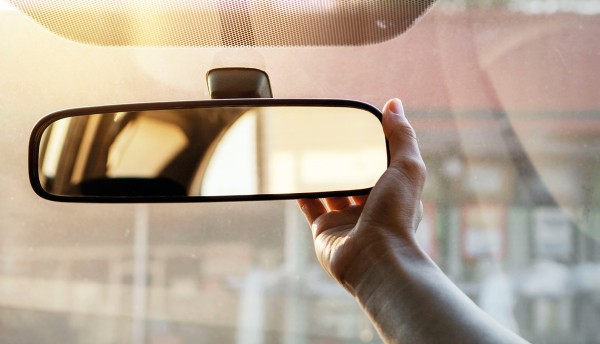
Reports last week suggested that Valeo and Ichikoh are set to jointly develop an onboard camera system with displays that are expected to replace the side and rearview mirrors in a vehicle. Ichikoh, a supplier of lighting systems and mirrors for the automotive industry, will manufacture the mirror casing, and Valeo will work on the imaging system that will comprise LCD monitors placed inside the vehicle. The companies expect the new onboard camera system to go into mass production in 2018.
This development comes just a month after the Japanese government revised its Road Transport Vehicle Act to approve the use of "camera monitoring systems" in vehicles instead of rearview mirrors. Ichikoh predicted that by 2023, 29% of the Japanese market will have replaced their internal mirrors with video streams, while 12% of cars will have no side mirrors. Many automakers are experimenting with mirrorless cars as side view mirrors affect the aerodynamics of the car by increasing the drag coefficient, thereby impacting the fuel efficiency.
This last year has seen a number of OEMs and suppliers from new automotive safety systems that utilise mirrors and cameras. Pioneer has developed a new rearview mirror shaped telematics device for next-generation fleet vehicle use. The device features LTE (long term evolution) communication module and uses cloud services. It also works with vehicle assist, a fleet management service developed by Pioneer. The unit is always connected to the network via LTE, enabling access to a wide variety of real-time information and services. It can be used for next-generation telematics service such as getting the images from camera and check situation of the vehicle from a distant place.
Furthermore, the device also has an inbuilt front-view camera featuring wide-angle lens and makes use of image sensing technology. It alerts a driver using images and audio when the vehicle moves out of the lane or when the vehicle ahead starts moving. The device can also be used as a driving recorder to capture and record front-view images. The unit, which can be mounted easily on the rearview mirror, can record front-view images in 20 seconds before and after a shock is detected.
The new device provides added safety to the driver of a car with in-built sensors to detect unsafe driving. Also, the device has an embedded front-view camera which senses lane changes and alerts when the vehicle ahead starts moving acquiring the vehicle’s position via GNSS (Global Navigation Satellite System).
Continental is developing a "Road Departure Protection" system that will prevent accidents due to unintended road departures, currently not covered by available Advanced Driver Assistance Systems (ADAS). The new technology will automatically steer a vehicle back into its lane when it begins to inadvertently leave the road or cross the centre line into oncoming traffic.
Besides the Road Departure Protection system, which uses a mono camera and Electronic Stability Control (ESC), Continental is also working on an "Enhanced System" which uses a stereo camera and long-range radar for detection of road boundaries. This integration generates an occupancy map which contains the information about the occupancy of area in the vehicle’s field of view.
Ford has unveiled a new camera technology, Front Split View Camera, capable of seeing around corners, even if it is otherwise out of sight, to avoid collisions. The new front split view camera is available as an option in the all-new Ford S-MAX and Galaxy. Front Split View Camera will also be offered for the all-new Ford Edge upscale SUV.
All of the new devices are enabled by the use of sensors in their systems. The value of the market for automotive sensors in vehicles is set to dramatically increase over the next decade, with a number of major tier one suppliers – Bosch, Delphi, Denso, TRW, Continental – involved in developing new systems. Bosch expects to sell one million radar units in 2015 and in 2015 and 2016, the company expects its annual sales will average four million units.
Sensors have been useful for providing local telematic data, but the market is being driven by demand for vehicles to become increasingly connected to internet and cloud services. The potential of connected services in vehicles extends to providing data on engine running and infotainment services or fleet management vehicle diagnostics.








